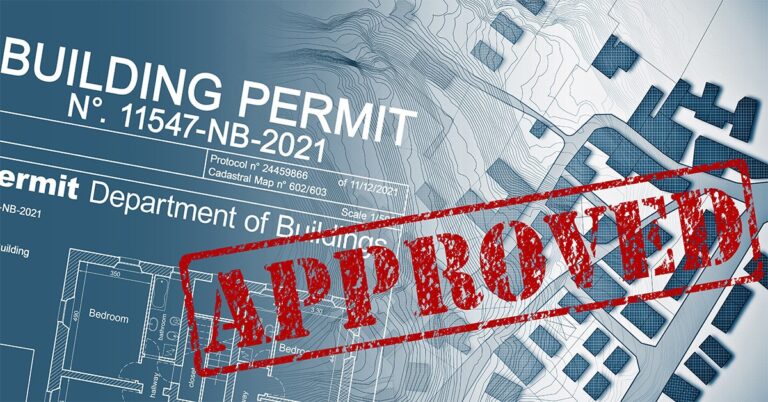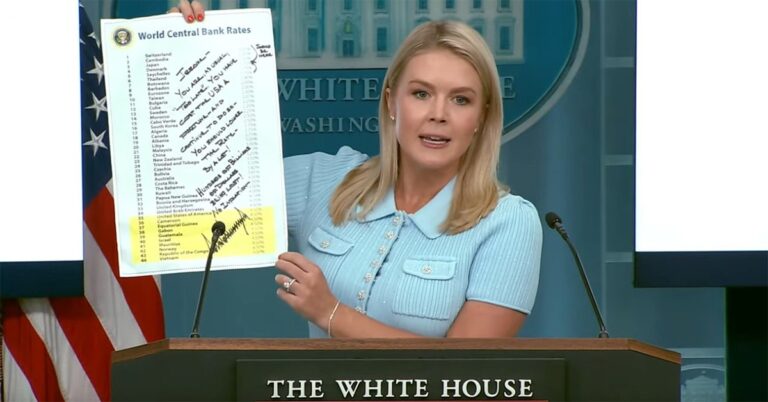The government-sponsored enterprises (GSEs) both delivered their newest forecasts for 2021 this week, signaling that while the housing market looks to maintain strength, the sizzling pace of movement is likely beginning to temper.
Fannie Mae, for example, forecasts a downshift from the torrid fall of 2020, saying that a “near-term continued slowdown” in home sales is probable.
“The impressive surge in housing activity over the second half of 2020 helped drive the initial phase of economic recovery,” says Fannie’s latest Economic & Housing Outlook report. “However, we believe this stage has likely passed, as last year’s delayed homebuying season comes to an end. While we forecast that housing demand will continue to be strong, based on an improving labor market and favorable demographic factors, we believe the pace of activity will likely slow over time toward its underlying trend.”
In some ways, talk of a downshift feels counterintuitive, given the growth of COVID-19 vaccination efforts and the expectation of further stimulus from the incoming Biden administration. But the housing market already saw part of the slowdown with November’s 2.5% month-to-month backtrack in existing homes, driven partly by the persistently worrisome shortage in homes for sale. Pending sales, which lead closings by around a month on average, also dropped 2.6% in November, suggesting lower home sales in December.
Meanwhile, mortgage rates rose to their highest levels in two months as January continued, and with the broad rollout of the vaccine helping raise optimism in economic growth, neither Fannie nor Freddie Mac anticipates them decreasing further.
“One impact of our projected growth acceleration is likely to be modestly rising interest rates, whether as a result of increased growth expectations – as consumer savings are augmented by stimulus leading to stronger consumer spending – or by a modest increase in inflation driven by demand growth outpacing a recovery in supply,” said Doug Duncan, senior vice president and chief economist at Fannie Mae. “We believe the Fed’s policy of tolerating a modest overshoot of its long-term inflation target is likely to be tested.”
Want more news, topics and trends?
Get perspectives on the mortgage industry from thought leaders by subscribing to Scotsman Guide’s free digital editions.
Fannie, in fact, identified the uncertain future path of interest rates as a major risk to its current forecast. With home prices soaring, low rates have been crucial to maintaining affordability, so any abrupt, steep increase in rates would have a significant impact on home sales and mortgage activity. Fannie doesn’t anticipate any such rate jumps as it stands, though growing Treasury yields and their consequent effect on mortgage rates bear watching.
“Where could an interest rate shock come from? It could come if the rise in debt were to start to shake investors about the repayment prospect of all of that debt,” Duncan said. “They might build in a wider risk premium. Or if all the liquidity that’s being pushed into the market through monetary policy and fiscal policy were to generate a significant burst of inflation, it could drive rates up. We know how housing responds to sudden significant rises in interest rates. It doesn’t respond well.”
Freddie, like Fannie, predicts moderate growth in rates but expects them to hover near historical lows through 2021. Per Freddie Mac’s forecast, mortgage rates are set to average 2.9% through the end of this year, growing slightly to 3.2% in 2022.
“Entering 2021, we anticipate a modest rise in rates that will likely affect refinance originations, which are coming off a remarkable year,” said Sam Khater, Freddie Mac’s chief economist. “We therefore forecast total originations to decline slightly to $3.3 trillion but remain strong this year.”
Freddie expects refi originations to bear the largest share of 2021’s market at nearly $1.8 trillion, with purchase originations tabbed to reach almost $1.6 trillion. The following year, Freddie forecasts refinance originations to fall to $895 billion and purchase originations at $1.5 trillion, for a total annual level of $2.4 trillion.
Fannie’s forecast totals are a little higher: an anticipated $2.2 trillion in refi originations and $1.8 trillion in purchase originations in 2021, followed by $1.4 trillion in refi and $1.8 trillion in purchase in 2022.
Notably, Fannie believes that despite the gradual rise in rates, there remains further capacity for hefty refi volume in 2021’s first quarter. At the current rates, the GSE estimates that 67% of outstanding mortgages retain at least half a percentage point of incentive to refinance.
And despite predicting deceleration in the monthly pace of activity through much of the year, Fannie still expects home sales to rise 3.8% in 2021. Fannie pegs 2021 home sales at 6.7 million in 2021 and 6.6 million in 2022. Freddie’s estimates are close, at 6.5 million homes in 2021 and 6.2 million homes in 2022.
Freddie’s slightly lower home sales forecast may be due in part to its higher expectations for home price appreciation, with a larger chance to stall affordability in the year ahead. Freddie predicts price growth of 5.4% in 2021, compared to Fannie’s forecast of 4.2%.








